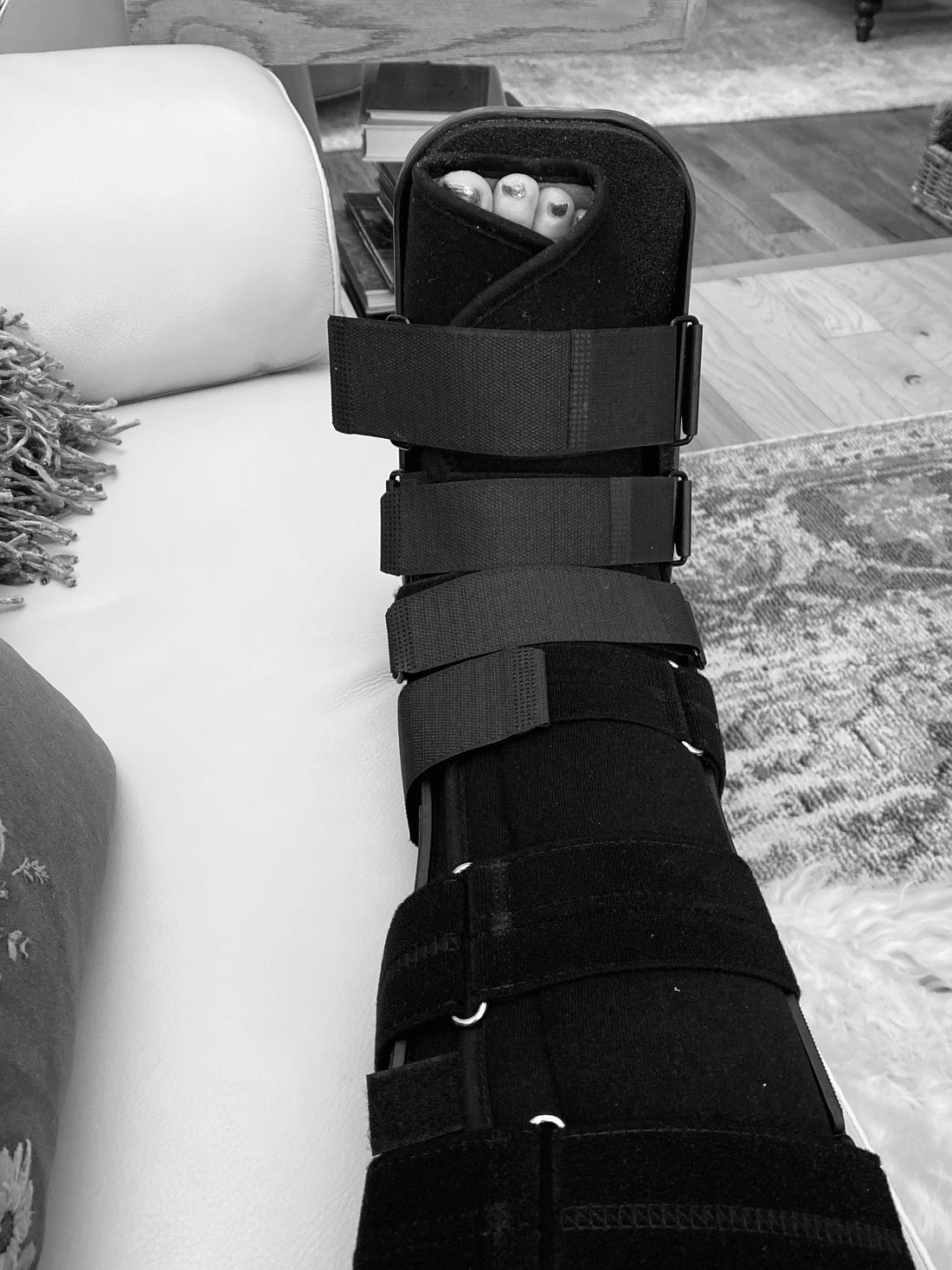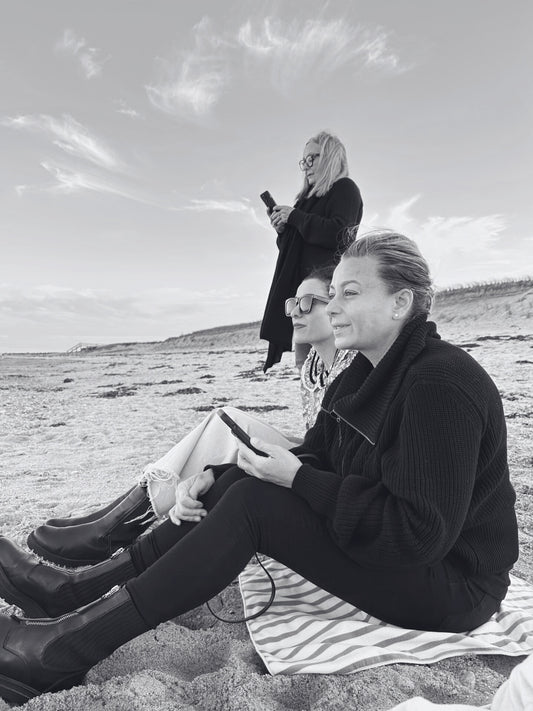Up until a couple of years ago, I had managed to live 6+ decades with zero broken bones. No, I was not rock climbing or wake boarding or even hiking. I was walking down my stairs. Then I was at the bottom of the stairs with my foot pointing in an unnatural pose. I may have uttered some profanity. Not because it hurt. (It did.) My mind flew to the fact that it was the 4th of July weekend and the middle of the summer of COVID, which was not the best of times for anyone. Of course, it was my right ankle. You know, the one you use to drive a car. I’m lucky I have a husband who is willing to chauffeur me around. But it wasn’t easy. I realized that I love to just pop into places and take care of business. Not being able to drive was a big loss of freedom for me.
Whether it's a small stress fracture or post-op from a major foot trauma, nowadays foot injuries are treated with walking braces and walking boots instead of heavy casts. A medical walking boot is lighter and more comfortable to wear than a heavy cast and can be easier to walk in.
This little mishap really made me stop and think about growing older and how I’ve slipped down (and up!) stairs many times before. What made this different? Am I becoming fragile? I researched and found that ankle fractures are the third most common bone injury in the elderly, behind hip and distal radius (wrist) fractures.
Hip fractures are certainly very different from ankle fractures and carry greater mortality risks when discussing treatment; however, outcomes after either injury are greatly impacted by comorbidities (more than one disease/condition is present in a person at the same time). The immobility associated with these injuries can exacerbate existing medical conditions.
So how can you prevent falls? In one analysis published in 2017 in the International Journal of Epidemiology, scientists reviewed 15 randomized controlled trials and found that exercise programs significantly reduced older adults’ risk of falling. The programs evaluated in the study included a mixture of techniques, such as strength training, walking, balance and flexibility exercises, and tai chi. The National Institute on Aging recommends older adults incorporate aerobic, strength, balance and flexibility exercises.
And strength training does more than just help prevent fractures. In March 2024, NPR shared a new study which shared how women who do strength training exercises two to three days a week are more likely to live longer and have a lower risk of death from heart disease, compared to women who do none.
Strength training is beneficial for bones, joints, mood and metabolic health. Most women focus on aerobic activity and hesitate to do weight training. These new findings add to the evidence that a combination of both types of exercise is powerful medicine.






